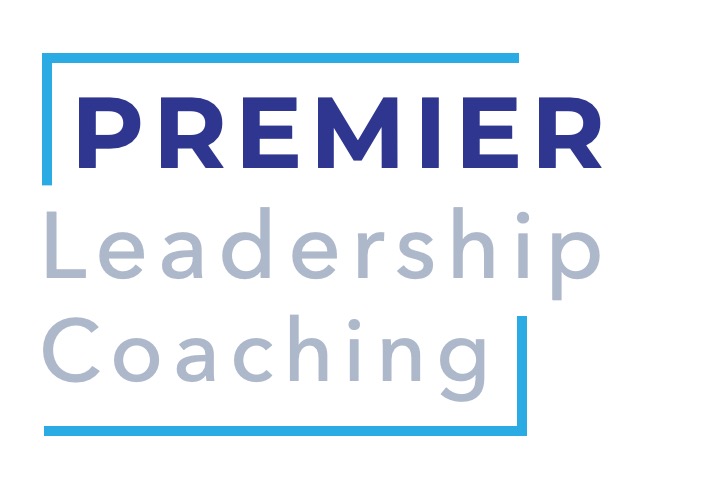All of the information you require, want or need is available to you right now. In this instant, as you
read this blog post, it all is literally at your fingertips. This easy access to knowledge is a newer than new phenomenon. In the history of time, it began a nanosecond ago.
Just fifteen years ago, if you wanted to consume information you had to relocate to where the
information was physically housed. In the case of a library, your efforts continued into the stacks
where you hoped that with the assistance of the Dewey Decimal System and a skilled librarian you
would find the buried treasure. Of course, whether or not you discovered your gem meant that the
ideas, data, studies, facts, opinions, theories or comparisons had been deemed “good enough” to be
published in the first place. Furthermore, your search strategy had to be “good enough” to uncover
the right resource (the dawn of Google search results and sitelinks were arguably eight years away) and
the library had to be “good enough” to carry it. In the end, if you returned home empty-handed, who
legitimately could blame you?
That said, in our Information Age, the days of finger pointing have waned. The gates to the garden of
information have been flung open. The universe is beckoning to you to be smarter, more innovative,
creative, unique, competitive, successful and happy. The supply chain has been perfected. Now if you
find yourself in a state of informationlessness the blame is rightly on you. To be plugged in, to continue to grow intellectually, you must consume, read, curate, discuss, think, act upon, incorporate, change, share, accept, adopt, circulate and modify information.
If you are ready to get started, here are two places you can do so. These pieces have two things in
common. They are both about the way we think and were both shared with me by different friends
named Joe!
Can’t see the video? Click here
The first one is this video, which was adapted from a talk given at the RSA by Sir Ken Robinson, has been viewed by almost 8.5 million people (that’s equivalent to the populations of Virginia and Wyoming). The video is worth watching in its entirety. However, if absolutely necessary, fast-forward to seven and a half minutes and begin watching from there. Sir Ken’s portion on divergent thinking is critical for those of us who earned degrees and landed in professions that beat our natural talent to think divergently (i.e. creatively, uniquely) out of us and replaced it with the ability to be practical, logical, and analytical. After watching this video, I push myself to treat everything like an opportunity to build my capacity for divergent thinking. You see that ugly wall on the house across the street? I am going to come up with as many ways as possible to cover it up. Some may even involve IdeaPaint.
The Optimistic Child by Dr. Martin Seligman, is the second nugget. The only bad thing is that it has been around for almost twenty years and I just found out about it now. These 300-pages are immensely valuable for parents and those of us who are still children at heart. Anyone who says optimism can’t be taught is dead wrong. In the past two-weeks I have implemented Dr. Seligman’s techniques and there has been a significant, measurable difference.
Alvin Toffler has said, “Tomorrow’s illiterate will not be the man who can’t read; he will be the man who has not learned how to learn.” There has been a cosmic shift in the way in which we learn. It requires that we plug into the world of information that is ours for the taking. While the two pieces here don’t even scratch the surface, they are a good place to start. There is no getting around this fact – you must decide whether you want to be literate or illiterate. Before you choose, take a peek at Neil deGrasse Tyson’s The Most Astounding Fact. It will provide you with the inspiration you need before embarking
into the vast, largely unchartered world of ideas.
